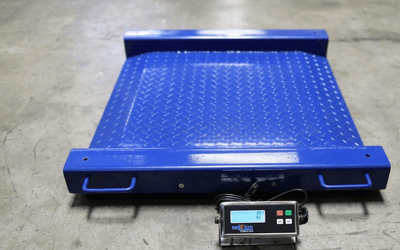Most people today are familiar with the process of electroplating, even if they are not sure of the specifics of the operation. In essence, electroplating allows for one metal to be added to the surface of another through the use of a solution, an electric current and the technology to complete the process.
The history of this process is actually very well documented. It is also a surprisingly new innovation, dating back to the first part of the 1800s, specifically 1805.
The Early Years
The early years of electroplating were actually developed by an Italian chemist y the name of Luigi V. Brugnatelli. However, his discoveries and processes were actually kept from the general public and industry by the French Academy of Sciences and were not to become common until some 30 years later.
In Russia, as well as in Britain, electroplating was in use by 1839 on a larger scale basis. It was mostly reserved for the development of printing press plates which needed to produce and reproduce crisp, clear images.
In Russia, the process really became popular as galvanoplastic sculpture. These can still be seen today in St. Isaac’s Cathedral and the gold dome of the Cathedral of Christ the Saviour in Moscow.
Patents
The first recorded patents for electroplating were awarded to two English entrepreneurs, John Write and George Elkington. They developed the first large-scale operation providing the service in England. It was to be known as the Woolrich Electrical Generator and was first built in and operated in 1844.
This was really used for aesthetic purposes and wasn’t seen as a major industrial application, although it did have the potential capacity to be one.
First Industry
It was in Hamburg, Germany in 1876 the first industry plant providing electroplating was brought online. This was not just set up for aesthetic purposes but for larger scale applications and for specific types of manufacturing applications.
The goal of the original electroplating services, and for those today, is to coat a metal with a thin layer of another metal to create a desired outcomes. For most parts in use today it is done to boost corrosion resistance and resistance to wear, allowing a part to last significantly longer without adding a great deal to the cost of manufacturing.
Today, electroplating is essential in the manufacturing of many types of parts, products, metals and even plastics. Through the use of this technique there is a longer part life and a uniform look to parts which is consistent, polished, and resistant to corrosion.
For small or large electroplating orders see our team at PEP General Metal Finishing. To get more information go to website.



